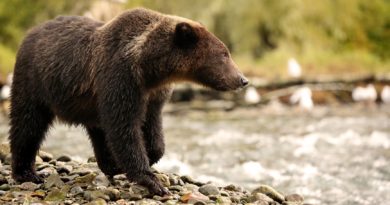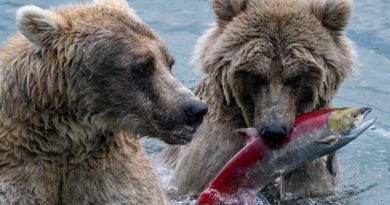Fearless Animals Will Fare Better in the Face of Climate Change

Microhabitat temperatures can be significantly different than what’s listed in a weather report. For example, to keep cool, a moose can move from a hot, open sagebrush landscape to a nearby shaded river corridor. ©John T. Andrews
Without a doubt, we humans are altering the natural environment. Because of our activities, we are now experiencing melting glaciers; rising sea levels; warming oceans; and more frequent and intense droughts, heat waves and storms—all the result of human-caused climate change. These effects wreak havoc on people’s communities and livelihoods.
But how are wild animals responding to these changes? Finding the answer to that question has been a complicated process, and it remains unclear.
However, now scientists have discovered significant differences in the brains of animals with two distinct personality types: those who act fearlessly and those who seem afraid of new things. On the one hand, being fearless can help wildlife, specifically birds, explore new nesting areas, find new food sources and help them adapt to changes in their environments. But on the other hand, being afraid has its upside, too. It can help protect them from dangerous novel things in their environments, such as cars.
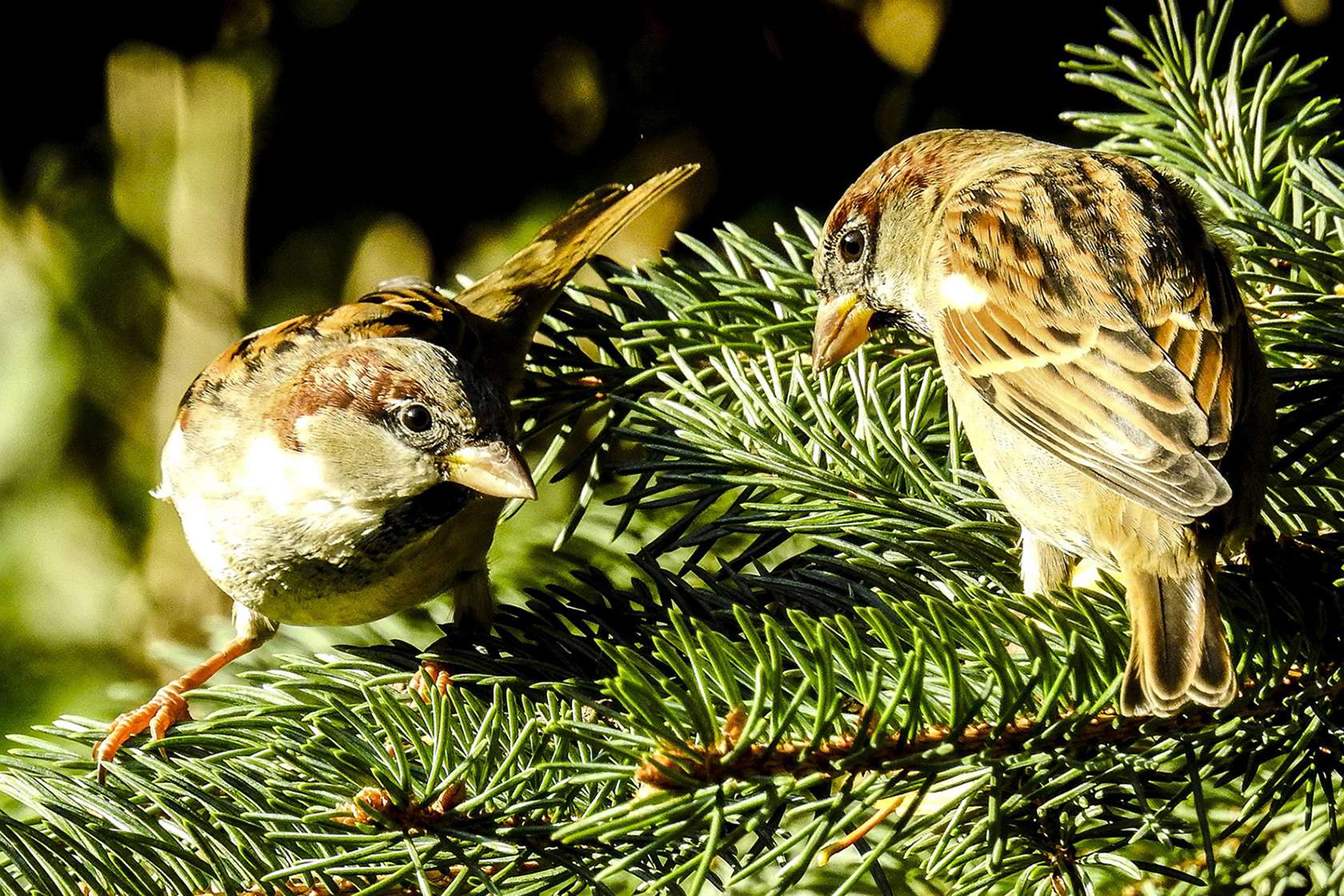
In one study, house sparrows were divided into two groups: those who acted fearlessly and those who seemed afraid of new things.
With the pace of climate change, however, being bold may win out. In fact, a research group of scientists from Africa, Europe and North America concluded that animals’ ability to respond to climate change likely depends on how well they modify their habitats, such as burrows and nests.
One fear-flexible flock
In order to assess what makes some animals fear change and others embrace it, researchers, who published their report in the science journal PLOS ONE on May 10, 2022, compared six wild, female house sparrows: three of which acted fearlessly and three that seemed afraid to approach a new object at their feeding dish. The novel objects were a red, wrist-coil key chain wrapped around the food dish; a white plastic cover over part of the food dish; a green, plastic Easter egg placed on top of the food in the middle of the dish; a normal, silver food dish painted red on the outside; and a blinking light hung above and directed towards the front of the dish. The fearless birds fed at the food dish regardless of the presence of the novel objects, while the fearful birds avoided the food dish when the unfamiliar objects were in view.
Several weeks after this behavioral testing, the scientists examined gene expressions in four brain regions in the sparrows. When wild animals are presented with something new in their environments, the genes in their brains respond, helping them process the information, compare it to experience and decide whether they should approach or avoid a novel object.
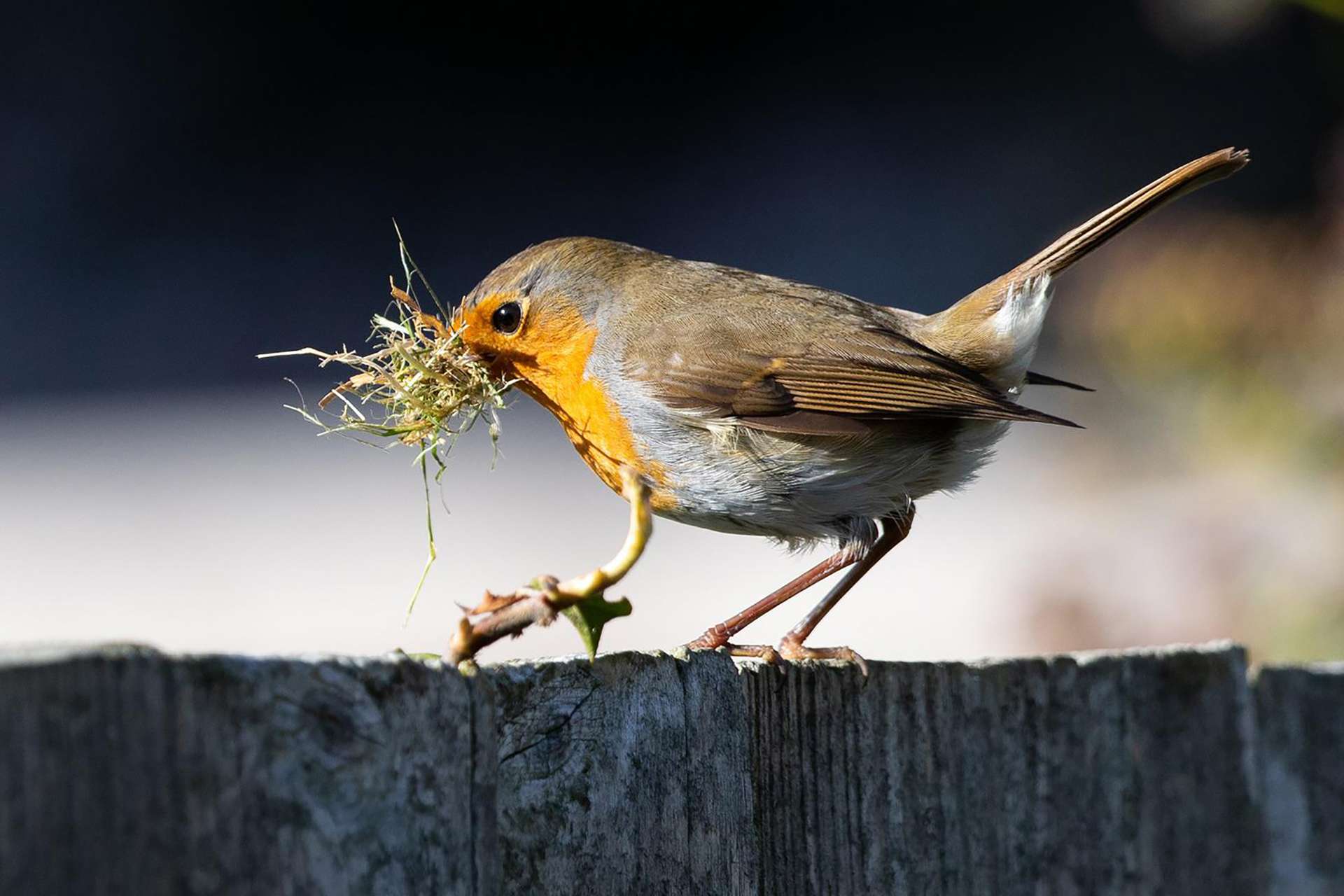
How well an animal can modify its habitat may determine its success in dealing with climate change. Birds adjust nesting materials to keep eggs warm during cold weather and cool in very hot conditions.
The researchers discovered that three out of the four regions of the brain that were studied showed differences. For example, the genes that were expressed in the hippocampi of the fearless birds were different from the genes that were turned on in those of the fearful birds. The hippocampus is associated with decision-making, learning, memory and spatial navigation. There were many more dopamine receptor D2 transcripts—which are associated with boldness and exploration—present in the hippocampi of the fearless birds. In contrast, the birds that avoided the new objects had more transcripts for the estrogen receptor beta gene, which has been associated with anxiety.
Since social creatures, such as house sparrows, can learn from each other, having a mixture of both personality types in a flock could be part of the reason why this species has been so successful in human-altered environments.
Of course, the fear of new things, or neophobia, is a problem people struggle with, too. Therefore, the neurobiological gene receptors that the scientists identified in the house sparrows could help other researchers develop drugs to target anxiety in our own species.
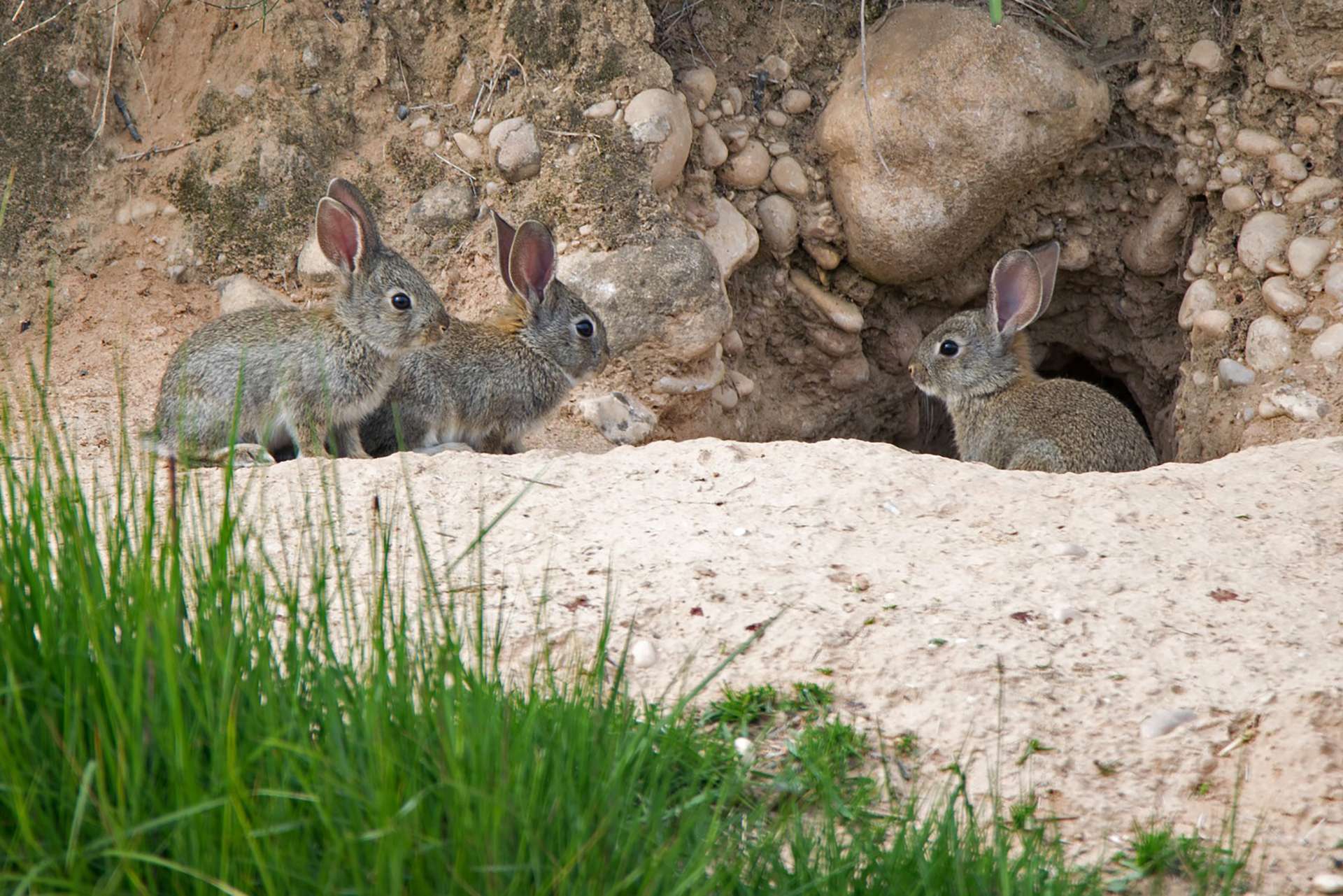
Many rabbits sleep in burrows, which are networks of tunnels dug in the ground. The structures provide stable, moderate temperatures in contrast to aboveground conditions that often are far more extreme.
Two bold strategies for maneuvering climate change: using microclimates and moving
For nonhuman animals, having the propensity for trying new things—or acting fearlessly—may become extremely important in the near future.
Birds build nests to keep eggs and hatchlings warm during cool weather, but they also must make adjustments in a nest’s insulation to keep the nestlings cool in very hot conditions. Mammals, such as groundhogs and rabbits, hibernate or sleep in underground burrows that provide stable, moderate temperatures to avoid the aboveground conditions that often are far more extreme.
In a paper titled Extended Phenotypes: Buffers or Amplifiers of Climate Change?, which was published June 16, 2021, in the journal Trends in Ecology and Evolution, researchers reported that they found that an animal’s ability to respond to climate change likely depends on how well it can modify its habitat; in other words, an animal must be able to fearlessly address environmental changes.
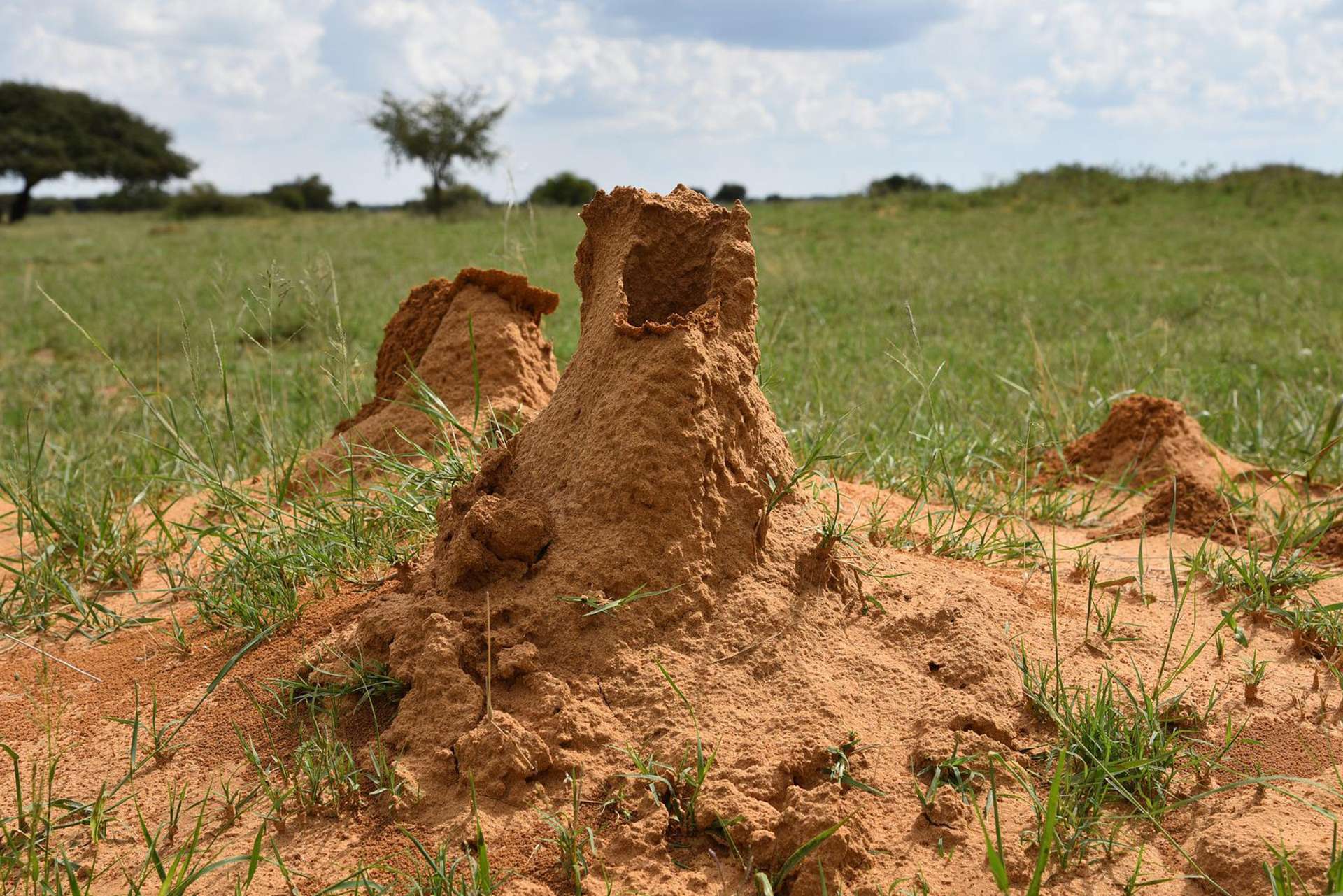
Termites build mounds that capture solar energy and wind, which drive the airflow, stabilize the oxygen level and regulate the temperatures experienced in the mound. They control their microclimate.
This study investigated extended phenotypes, which are modifications that organisms—such as birds, insects and mammals—make to their habitats. An extended phenotype can range from simply a hole in the ground occupied by an animal to leaves rolled into cavities by insects; and from nests of all shapes and sizes built by birds and mammals to bee colonies and termite mounds. These extended phenotypes are important because they filter climate into local sets of conditions immediately around the organism, or what biologists call microclimates.
Because extended phenotypes are constructed structures, they are often modified in response to local climate variations and, potentially, in response to climate change. This process is called “plasticity of the extended phenotype.” An example would be a bird nest that is well insulated to protect eggs or young birds from the cold. Then, as temperatures warm, if the bird does not adjust the insulation in the nest, it may cause the young to overheat. As another example, termites build mounds that capture solar energy and wind that drive airflow through the colony, which stabilizes the oxygen levels, relative humidity and temperature within the mound.
However, the idea of microclimates is broader than just constructed habitats. Microclimates typically differ substantially from nearby climates, which means that the weather conditions in an area may provide little information about what animals experience in their microhabitats.
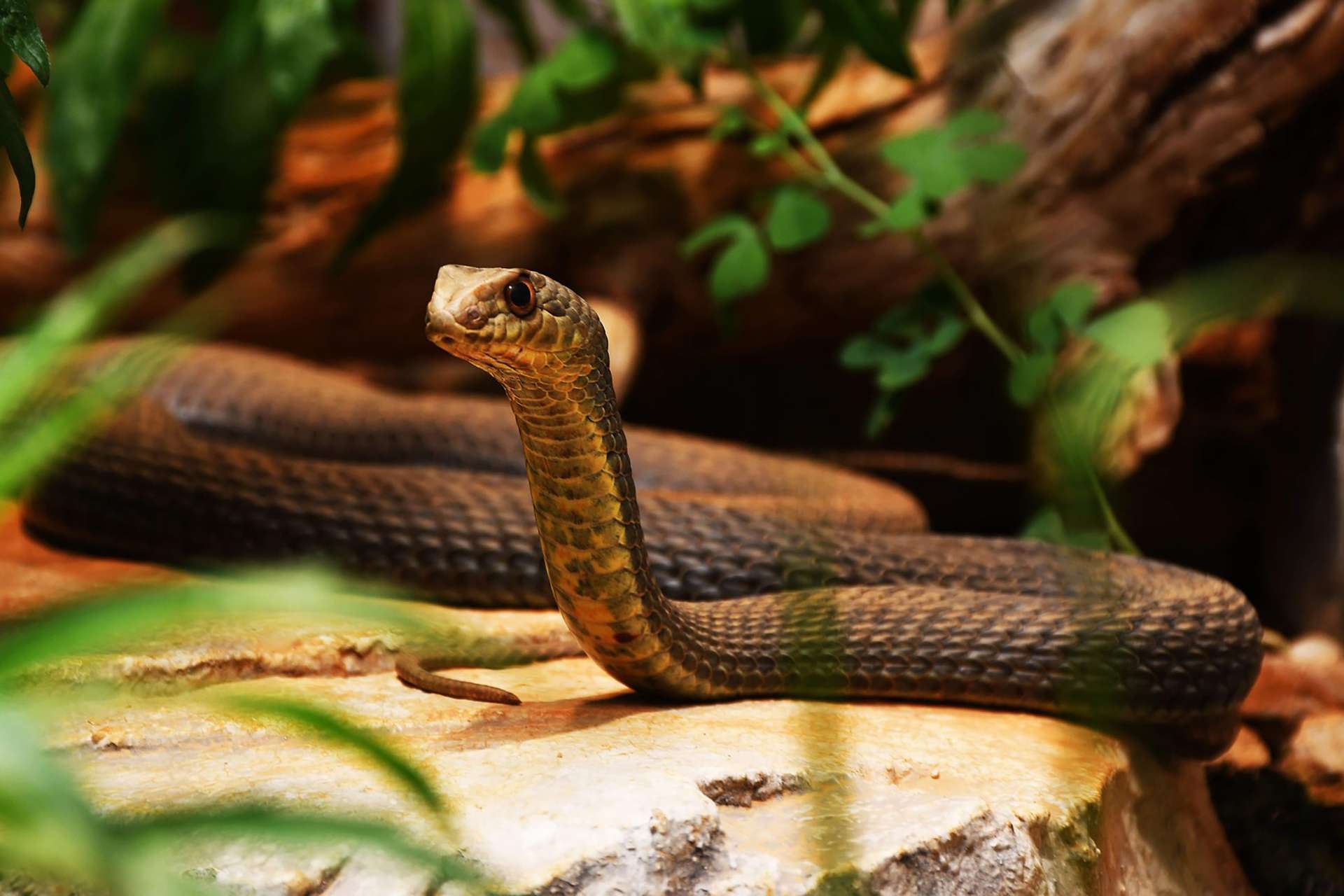
A snake changes its microclimate by relocating from an underground hole to a sunny rock in order to warm up.
For instance, although a weather station might tell you that the temperature in Bozeman, Montana, is 90 degrees Fahrenheit, simply by moving from the south to the north side of a building, you can experience microclimates that are strikingly different and often not captured by the weather data.
The same is true for animals of many different sizes: a moose can move from an open, sagebrush landscape to a shaded river corridor to cool off; a snake can relocate from its underground hole to a sunny rock to warm up; and a tiny insect shuttling between the top and bottom of a leaf can experience temperature differences of more than 20 degrees Fahrenheit.
So, animals who are not afraid of moving—thus using microclimates to their advantage—or of making changes in how they build their structures—such as burrows, mounds and nests—will take the home field advantage in the face of the increasing effects of climate change.
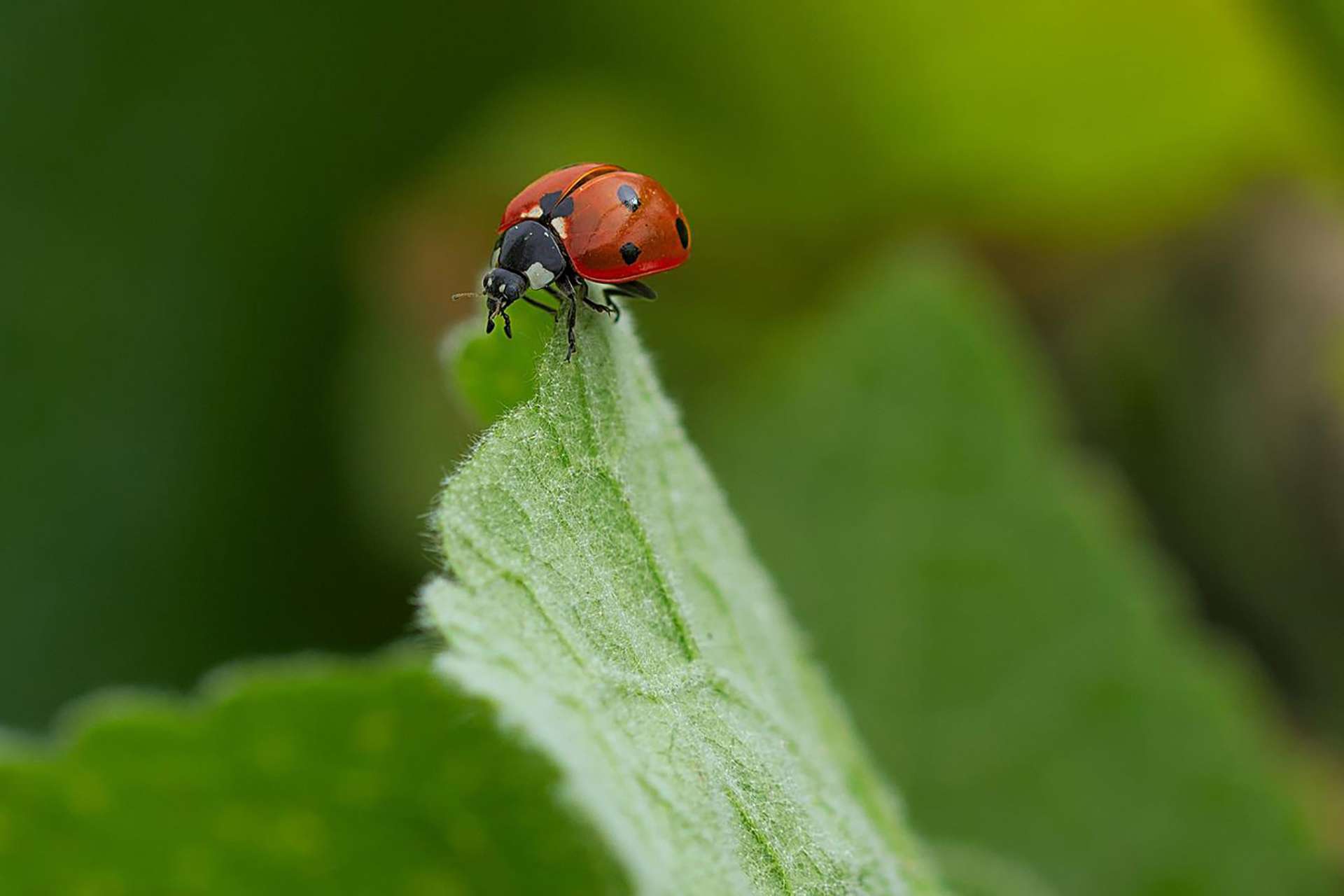
An insect crawling from the bottom of a leaf to the top might travel through temperature differences of more than 20 degrees Fahrenheit.
Three keys to future success: fearlessness, flexibility and phenotypes
Across the globe, rising levels of carbon dioxide in the Earth’s atmosphere are causing temperatures to rise and precipitation patterns to shift. For biologists, a key problem is understanding the current effects of climate change on species and predicting future ones, including how wildlife ranges may shift and what the risks of extinction are for various animals.
According to a report published in the science journal Nature Communications on July 23, 2019, animals are now unable to keep up with the pace of climate change.
Let’s hope that they find and use their fearlessness and flexibility in their extended phenotypes to help them gain some ground.
Here’s to finding your true places and natural habitats,
Candy


